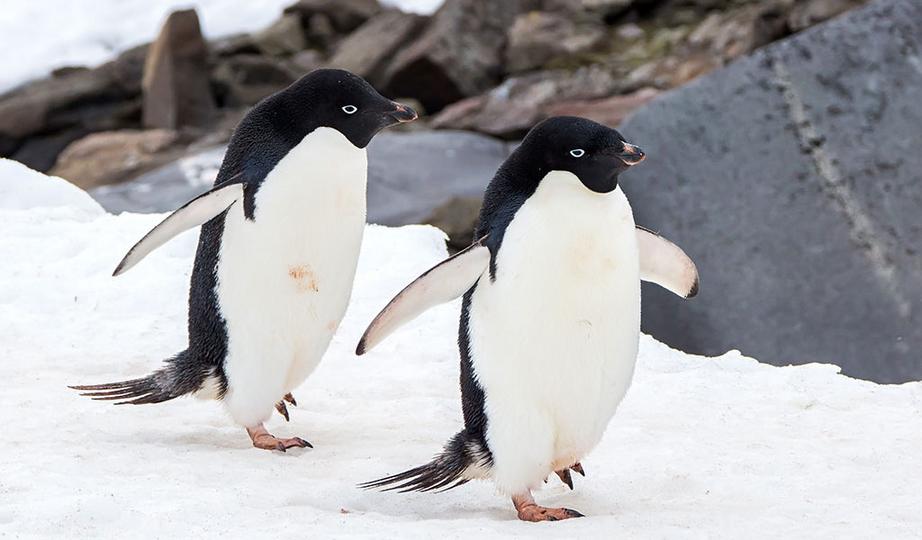Penguin disaster as only two chicks survive from colony of 40,000
‘Catastrophic breeding event’ leads to demands for a marine protected area to be set up in East Antarctica
A colony of about 40,000 Adélie penguins in Antarctica has suffered a “catastrophic breeding event” – all but two chicks have died of starvation this year. It is the second time in just four years that such devastation – not previously seen in more than 50 years of observation – has been wrought on the population.
The finding has prompted urgent calls for the establishment of a marine protected area in East Antarctica, at next week’s meeting of 24 nations and the European Union at the Commission for the Conservation of Antarctic Marine Living Resources (CCAMLR) in Hobart.
 One of the many dead Adélie penguin chicks found on Petrels Island in the Antarctica.
One of the many dead Adélie penguin chicks found on Petrels Island in the Antarctica.
In the colony of about 18,000 breeding penguin pairs on Petrels Island, French scientists discovered just two surviving chicks at the start of the year. Thousands of starved chicks and unhatched eggs were found across the island in the region called Adélie Land (“Terre Adélie”).
The colony had experienced a similar event in 2013, when no chicks survived. In a paper about that event, a group of researchers, led by Yan Ropert-Coudert from France’s National Centre for Scientific Research, said it had been caused by a record amount of summer sea ice and an “unprecedented rainy episode”.
The unusual extent of sea ice meant the penguins had to travel an extra 100km to forage for food. And the rainy weather left the chicks, which have poor waterproofing, wet and unable to keep warm.
This year’s event has also been attributed to an unusually large amount of sea ice. Overall, Antarctica has had a record low amount of summer sea ice, but the area around the colony has been an exception.
For the rest of this article please go to source link below.

